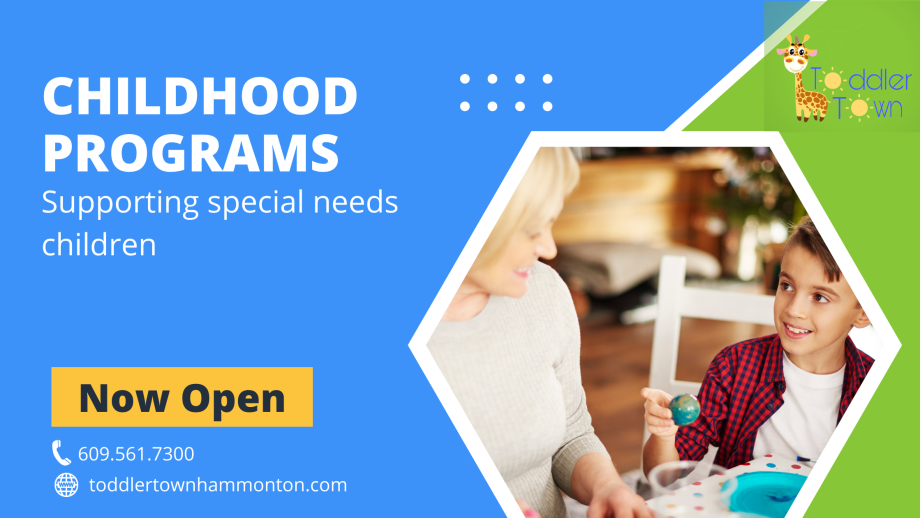In the United States, nearly 1 in 5 children has a disability. That’s about 12 million kids, and for many of them, that means they face some unique challenges. Unfortunately, many early childhood education programs are designed with the average child in mind, and that can leave kids with disabilities out in the cold.
But all that may be changing. There’s been a recent push to make childhood programs more inclusive for all kids, including those with disabilities. Some states have even passed laws requiring this kind of inclusion.
This is good news for kids with disabilities, who often need specialized help to thrive. With the right support, they can go on to do amazing things and contribute to their communities in unique and powerful ways.
Special Education: This type of education is specifically tailored to meet the needs of students with disabilities.
In the United States, about six percent of students are enrolled in special education programs. This type of education is specifically tailored to meet the needs of students with disabilities, including physical and mental impairments. Special education can take many different forms, depending on the severity of a student’s disability and what services are available in their area. In some cases, special education students attend regular classes with extra support from a teacher or paraprofessional. In other cases, they may be educated in a separate setting, such as a special school or home-based program.
Related Services: These services help students with special needs access the education they need.
When it comes to the education of students with special needs, related services are essential. These services help students access the education they need and deserve. Related services can include things like speech and language pathology, occupational therapy, and physical therapy. By providing these services, schools can give students the best chance at success.
Inclusion: This approach includes students with disabilities in mainstream classrooms as much as possible.
Inclusion in the classroom is a relatively new approach to teaching, which aims to include students with disabilities in mainstream classrooms as much as possible. Advocates of inclusion believe that this approach provides a more stimulating and enriching learning environment for all students, while also preparing students with disabilities for life after high school. While there are many supporters of inclusion, there are also some who argue that it is not always possible or practical to include all students with disabilities in mainstream classrooms.
Parental Involvement: Parents of children with special needs play a vital role in their education.
Parents of children with special needs often play a vital role in their education. They may advocate for their child in the school system, help them with homework, or provide emotional support. Some parents become experts on their child’s disability and help teachers and therapists understand it. Parental involvement can make a big difference in a child’s success in school.
In conclusion, there are many childhood programs that support special needs children. These programs are important for the development of these children and can help them reach their full potential. Parents should research these programs and find one that is best suited for their child.

